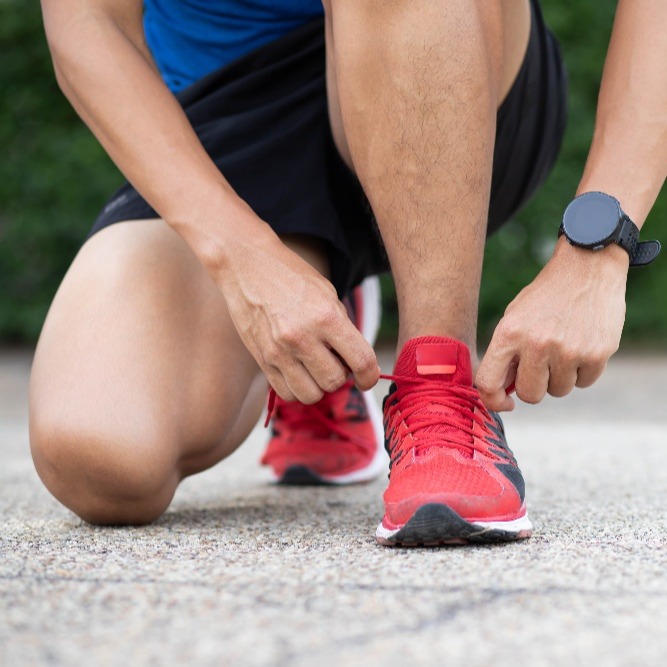A quick Google search for ‘shoe inserts’ brings up over 355,000,000 results for products that promise all sorts of benefits and features, like memory foam insoles, shock absorption, fatigue prevention, foot strain management, and much more. But who actually needs to use shoe inserts? How do you go about selecting ones that work for you? Ed Robertson, Physical Therapist at Pullman Regional’s Summit Therapy & Health Services, provides some guidance.
Are shoe inserts and orthotics the same?
In short, no. Shoe inserts and orthotics can both be inserted into a regular shoe, but the way someone obtains them and their intended purpose is different.
- Shoe inserts: these over-the-counter inserts fit into shoes and can help provide additional cushioning, arch support, and comfort. They aren’t intended to correct foot problems, just to increase comfort. You can buy inserts at most drug stores or places that sell shoes.
- Orthotics: these are prescription medical devices worn inside the shoe to aid in correcting biomechanical foot issues. These devices can also help reduce foot pain and fatigue. Your doctor or physical therapist has to write a prescription for orthotics.
Who needs orthotics or shoe inserts?
“The foot is an extremely fascinating and complicated structure comprising of 26 bones and dozens of muscles, tendons, and ligaments, including four layers of muscles on the bottom of the foot alone. It is a biomechanical marvel that transforms with every step we take, from a shock absorber to a rigid lever,” says Robertson. Sometimes, our feet may temporarily or permanently need support for better shock absorption or better support for weak muscles or unstable joints- which is where inserts or orthotics can help.
People who experience heel pain, foot pain or swelling when walking, flat feet, or high arches may benefit from additional support. It’s important not to ignore foot pain, as it can lead to reduced mobility, muscle imbalances, and alignment issues in the knees, hips, and back long term.
Before hopping in the car to buy some inserts, Robertson suggests examining your shoe selection first. “Very often, simply finding the right shoe that can provide the needed support or cushion can alleviate a person’s pain or improve function,” suggests Robertson. However, sometimes a shoe alone isn’t enough and an over-the-counter arch support or insert is needed to supplement a shoe.
Store-bought or custom?
Custom orthotics are often recommended in instances where the foot deformity is permanent or severe enough that the person needs long-term support that an over-the-counter insert cannot provide. Robertson suggests thinking of over-the-counter inserts as training wheels- they can be used to help retrain the foot to function properly alongside physical therapy exercises, but they probably won’t solve the problem wholly.
“Custom orthotics are quite expensive and I try very hard to avoid the use of custom orthotics unless absolutely necessary,” says Robertson. If a patient does need custom orthotics, Robertson can fit them for the inserts at Summit Therapy & Health Services.
If you experience pain, discomfort, or strain in your feet, it might be time to consider physical therapy and possibly shoe inserts. Talk to your primary care provider about a referral to Ed Robertson at Summit Therapy & Health Services, or learn more about pullmanregional.org/therapy.
You May Also Be Interested In:
